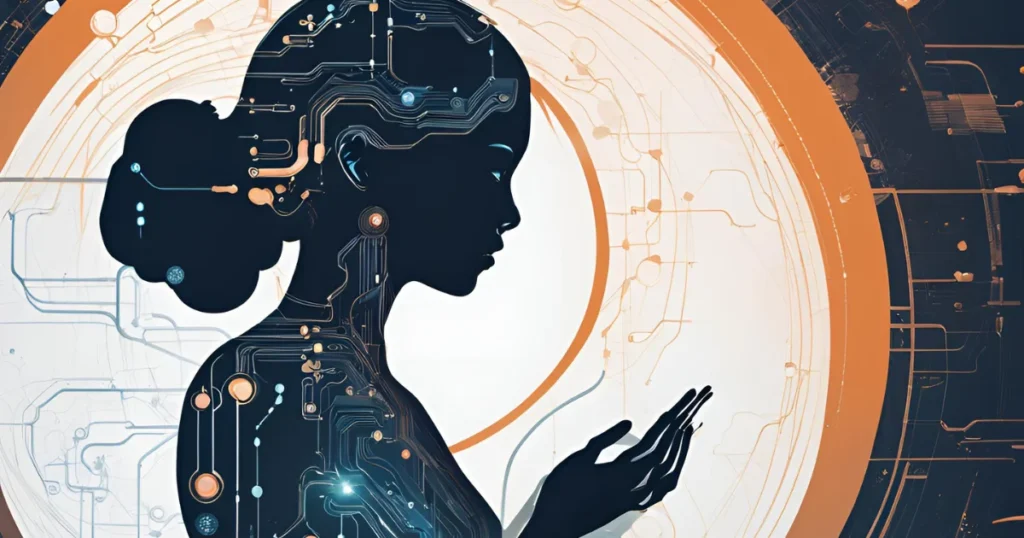When comparing ChatGPT 3.5 and ChatGPT 4, the clear winner is ChatGPT 4. It offers significantly improved performance, enhanced language understanding, and better handling of complex queries.
In this article, we’ll dive deep into the differences, use cases, and limitations of both models to help you make an informed decision based on your specific needs.
Understanding ChatGPT
To appreciate the evolution from ChatGPT 3.5 to ChatGPT 4, it’s essential to understand the journey of OpenAI’s language models.
Launched in 2020, the ChatGPT series has revolutionized the way we interact with artificial intelligence. These models are designed to understand and generate human-like text based on the input they receive.
Critical Differences Between ChatGPT 3.5 and ChatGPT 4
Performance and Capabilities
ChatGPT 4 significantly outperforms ChatGPT 3.5 in several areas:
- Language Understanding: ChatGPT 4 exhibits enhanced contextual accuracy and coherence, allowing it to grasp nuanced questions and maintain conversation flow over more extended interactions. This improvement makes it suitable for more complex applications, such as technical support and detailed content creation.
- Response Generation: ChatGPT 3.5 often generates verbose responses, while ChatGPT 4 provides concise, relevant answers, leading to a more engaging user experience.
Technical Specifications
The technical specifications of these models reflect their capabilities:
- Parameter Count: ChatGPT 3.5 utilizes 175 billion parameters, whereas ChatGPT 4 boasts a staggering 1 trillion parameters. This increase enhances the model’s ability to understand and generate text with higher relevance.
- Computational Efficiency: While both models require substantial computational resources, ChatGPT 4 is optimized for better performance, making it more suitable for intensive applications.
Handling Ambiguity and Complexity
- ChatGPT 3.5 sometimes needs help with ambiguous queries, leading to less accurate or irrelevant responses.
- In contrast, ChatGPT 4 shows marked improvement in handling complex questions and accurately interpreting multiple layers of meaning. This ability makes it ideal for academic, research, and business applications.
Accessibility and Cost
- ChatGPT 3.5 is free to use, making it easily accessible for casual users.
- ChatGPT 4, however, comes with a subscription fee of $20 per month, reflecting its advanced capabilities and suitability for professional use.
Use Cases: Where Each Version Shines
ChatGPT 3.5 Use Cases
- Customer Service: Effectively handles basic inquiries and FAQs.
- Content Creation: Suitable for generating simple articles, social media posts, and casual conversations.
ChatGPT 4 Use Cases
- Advanced Content Generation: Capable of producing high-quality, nuanced content, ideal for bloggers, marketers, and writers.
- Education and Training: Better suited for generating educational materials, detailed explanations, and engaging in interactive learning.
- Technical Support: Offers improved performance in handling intricate technical queries and providing accurate troubleshooting.
Performance Comparison
To illustrate the differences in performance, consider real-world examples. Users have noted that while ChatGPT 3.5 generates coherent text, it can be verbose.
In contrast, ChatGPT 4 excels in developing more focused and relevant responses, enhancing user satisfaction.
User Experience Feedback
User testimonials reveal that ChatGPT 4 feels more intuitive and capable, especially in complex scenarios where nuance matters.
For example, when tackling technical questions or creative writing prompts, users often prefer the quality and depth provided by ChatGPT 4.
Limitations and Challenges
Despite its advancements, ChatGPT 4 has limitations. Ethical considerations and potential biases remain issues for both versions.
Additionally, while ChatGPT 4 has improved contextual handling, it may still struggle in lengthy conversations compared to human interaction.
Future of ChatGPT: What’s Next?
The evolution of ChatGPT is ongoing. With user feedback playing a crucial role, OpenAI continues to refine and enhance its models. Future iterations may further address current limitations, making AI even more reliable and user-friendly.
Conclusion
In summary, ChatGPT 4 emerges as the superior choice for users seeking advanced capabilities, especially in professional or technical contexts.
However, for casual use or basic inquiries, ChatGPT 3.5 remains a valuable tool. Understanding your specific needs will guide you in selecting the suitable model.

Additional Resources
For further exploration, check out these helpful links:





